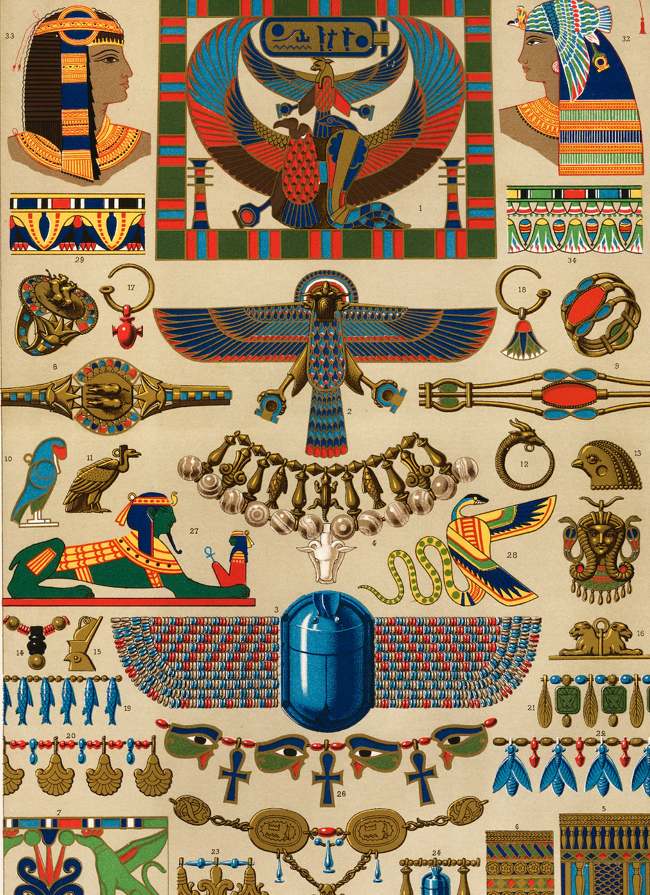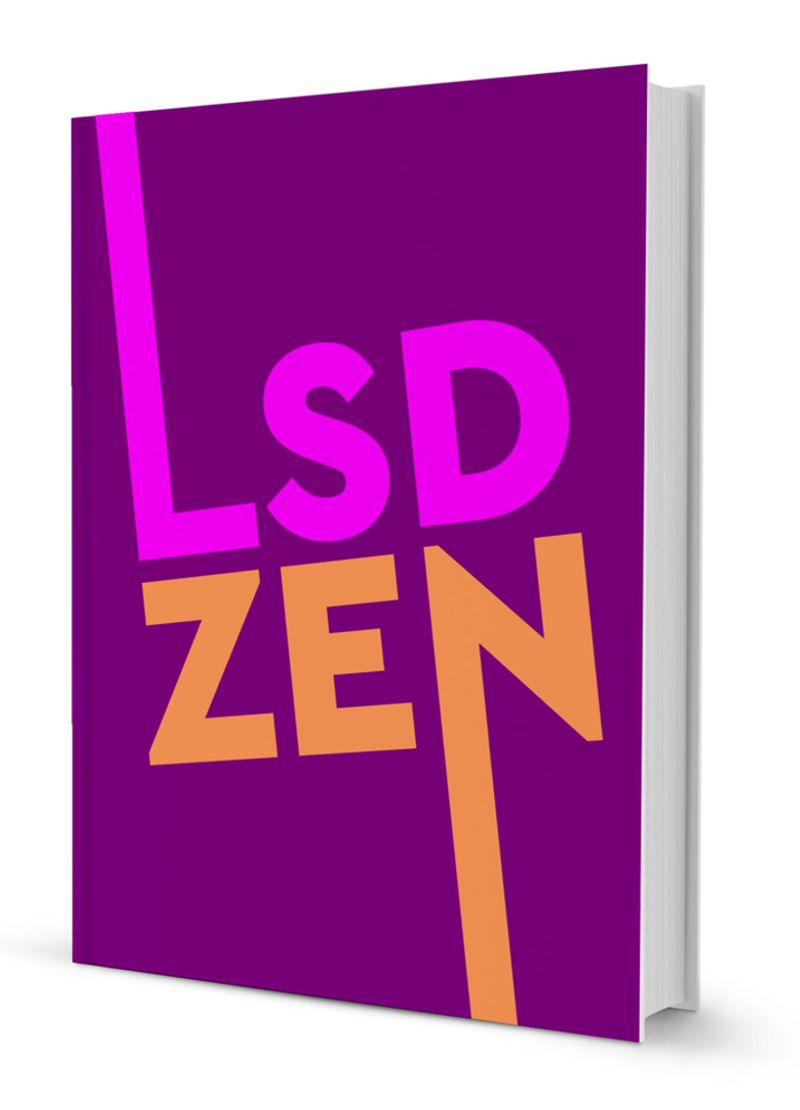Psychedelic Metaphysics
By David Drake, 1965
 — PART ONE —
— PART ONE —
The word "reality" is commonly used in two quite distinct meanings. Understanding of one of these meanings, and the exploration of that reality, can be enhanced by the psychedelic drugs precisely because the other meaning is paramount in everyday life. Thus the drugs can help us to metaphysical understanding. At the same time, metaphysical analysis can help us to understand the experience of the drugs. The initial analysis of this essay will, I think, seem quite familiar to the reader (the two meanings of reality already have been recognized: e.g. by Northrup in
The Meeting of East and West), and I request the reader's patience before proceeding to the somewhat more interesting conclusions. The two meanings are:
- A coherent, causality-representing model of human experience.
- Vivid, attention-compelling, value-giving experience. In the first meaning, for example, electrons are a reality because they fit into a conceptual scheme that provides explanation and prediction of some phenomena. In the second meaning, a vivid hallucination is a reality within the experience in which it occurs. The two meanings of course can coincide in their reference, which they do in clear, valid perception.
It is conjectured that the philosophically significant effect of the psychedelic drugs is to interfere with the usual mental "programs" of attention, thought, and action. These programs result in only some things being perceived — those relevant as cues to the progression of the programs. By suspending the programs, and incidentally the capacity for useful functioning, many new possibilities enter into experience. Thus it is no mystery that the experience of the drugs is both "psychotomimetic," disorganizing, incapacitating, and also revelatory, mystic, life-enriching.
Now the ordinary dominant programs of thought and action (e. g. to get to work, impress the boss favorably, go to lunch at a certain time, etc.) require a continual referencing of reality in the first sense, if the program is to progress successfully. The metaphysical significance of the psychedelics in crippling this process is to recall to us the separable, second meaning of reality: vivid, value-giving experience. Various philosophical assertions that tend to be uttered in the experience of the psychedelics are then quite meaningful and true as understandings of experience in general, in spite of the "psychotic" suspension of the causality-representing model. We shall enumerate some of these understandings:
- Experience or mind is an "ultimate" reality, and the causal model is "mere thought," of less intrinsic interest. Any sophisticated philosophy of science acknowledges this, in the sense that we do not really know what is out there: e. g. electrons are a convenient conceptual construction, our conceptual constructions change through the history of science, and "ultimately" are validated by their reference to vivid experience. Nevertheless, in practice we commonly take the conceptual model as our frame of reference, and so live under the tyranny of "materialism," "clock time," etc.
- Experience or mind is "one," already including other people as much as "myself," nobody as much as anybody. In pure experience, bodies appear, which bodies utter speech, which speech is meaningful with reference to other aspects of experience. This body or that body can equally well describe that object over there. Any separation into "my" perceptions, "my" body, and "yours," is highly arbitrary.
- There is no such entity as an ego. The ego is a mere thought, a self-image, and from all such images mind has infinite possibility of choice. More generally, the objects and properties that we ordinarily perceive as real, we understand in the psychedelic experience as choices of mind to a very high degree, having a high arbitrariness from the viewpoint of phenomena as such.
Now these insights are true of vivid experience in general; they are not an illusion of the psychosis. The traditional philosophic methods of semantic analysis, honest confrontation of existence, meditation, etc., have yielded these understandings repeatedly in philosophical history: for example, among existentialists in the West, and especially among the Mahayana (including Zen) Buddhists in the East.
— PART II —
But at the same time, as the psychedelics are illuminating reality in the second sense, their existence and their effect amplify and confirm the causal model of modern science.
In this model, the phenomena of experience correspond to space-time events in conceptual entities called "brains," and since these brain-events in turn partially reflect (the logical structure of) other conceptual space-time events "of the outside world," it is possible for brains to reflect brains to some extent, and therefore to correspond to phenomena. And indeed we do perceive a particular configuration on opening someone's head, and we can stick needles into that phenomenon and record wavy lines on graph paper; and these wavy lines bear some logical relationship to that person's reports of phenomenal experience.
Now the causal validity of this model is enhanced by the fact that a psychedelic can be ingested, presumably to circulate in the blood to the brain, and cause the phenomenal reality.
The two "realities" are not at all contradictory. Nor is this position dualistic, for it does not assert two different and unrelatable kinds of entities: minds and material objects. There are not two kinds of entities; there are simply two meanings of the word "reality": phenomena, experience, or mind; and within mind, conceptual causal models of the whole. The causal models include — very critically to the causal logic — the phenomenal fragments that we call "brains," "brain wave tracings," etc. The brain is the mind's "image" of itself "from the outside," and therefore is a part of mind — hence there is no dualism.
One major problem remains. How do we reconcile the insight into the oneness of mind with the plurality of separated brains in the conceptual model? The appearance of a contradiction is brought about by the two meanings of "space," corresponding to the two meanings of "reality." In conceptual space — i. e. in diagrams on blackboards and in textbooks, and in perception of the location of brains, etc., this space being a portion of phenomenal space, used as a vehicle of causal order — there are indeed plural, separate brains, each corresponding to the phenomenal world. A single phenomenal place (e. g. the location of an object, looked at by several people) can be simultaneously represented by several places in the conceptual model (the locations of the processes of space-perception in their different brains).
But we, in the phenomenal world with each other, are talking about the same phenomenal objects and qualities, and are ourselves fully manifest to each other, because this phenomenal world is logically one with the various brain-models. More fundamentally: our brain-models will necessarily have logical similarities (we can assert this before the brain is fully explored), and will be able to represent the oneness of mind in which we move and talk to each other.
Download Our Free Psychedelic Healing Books







